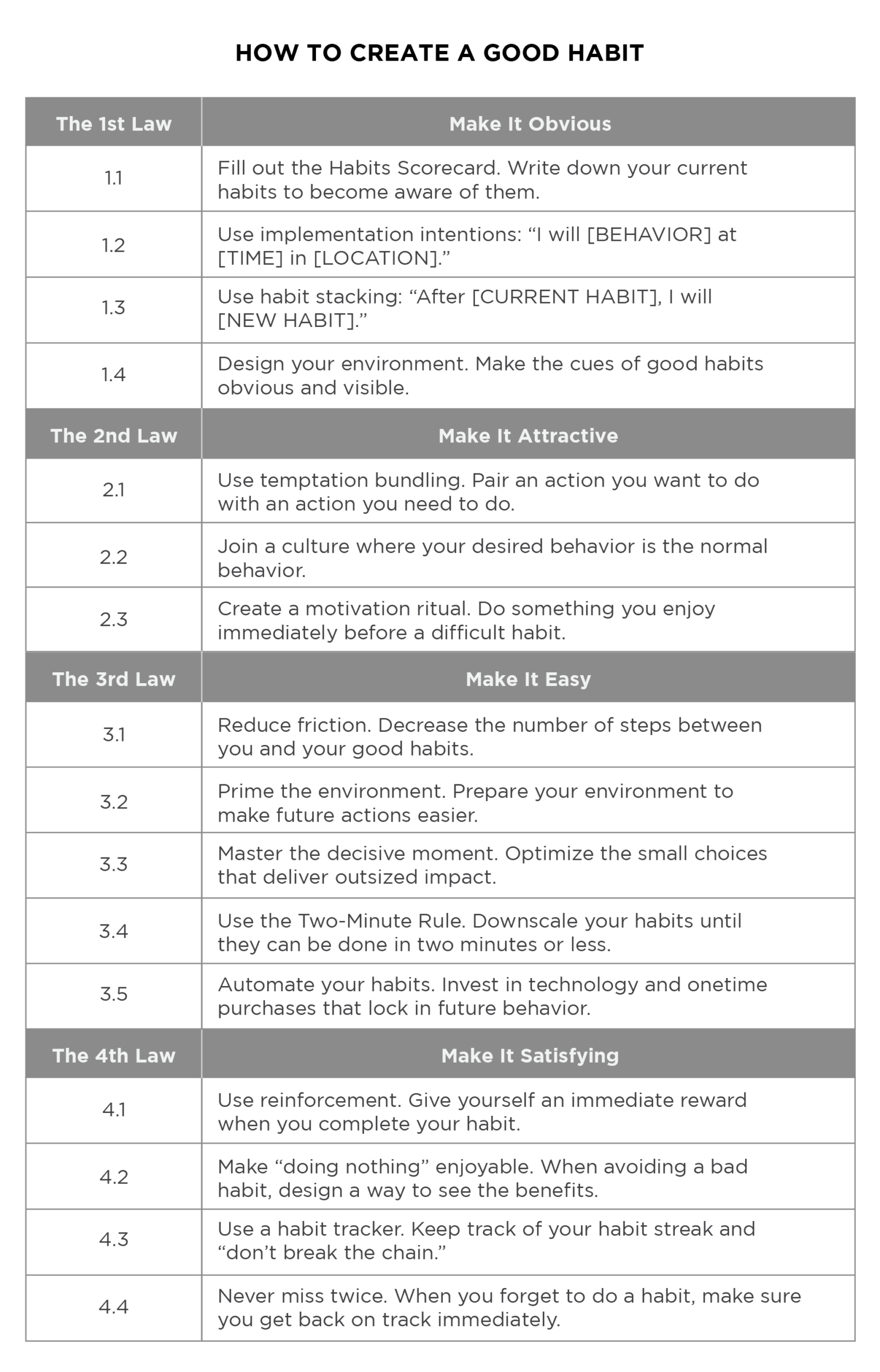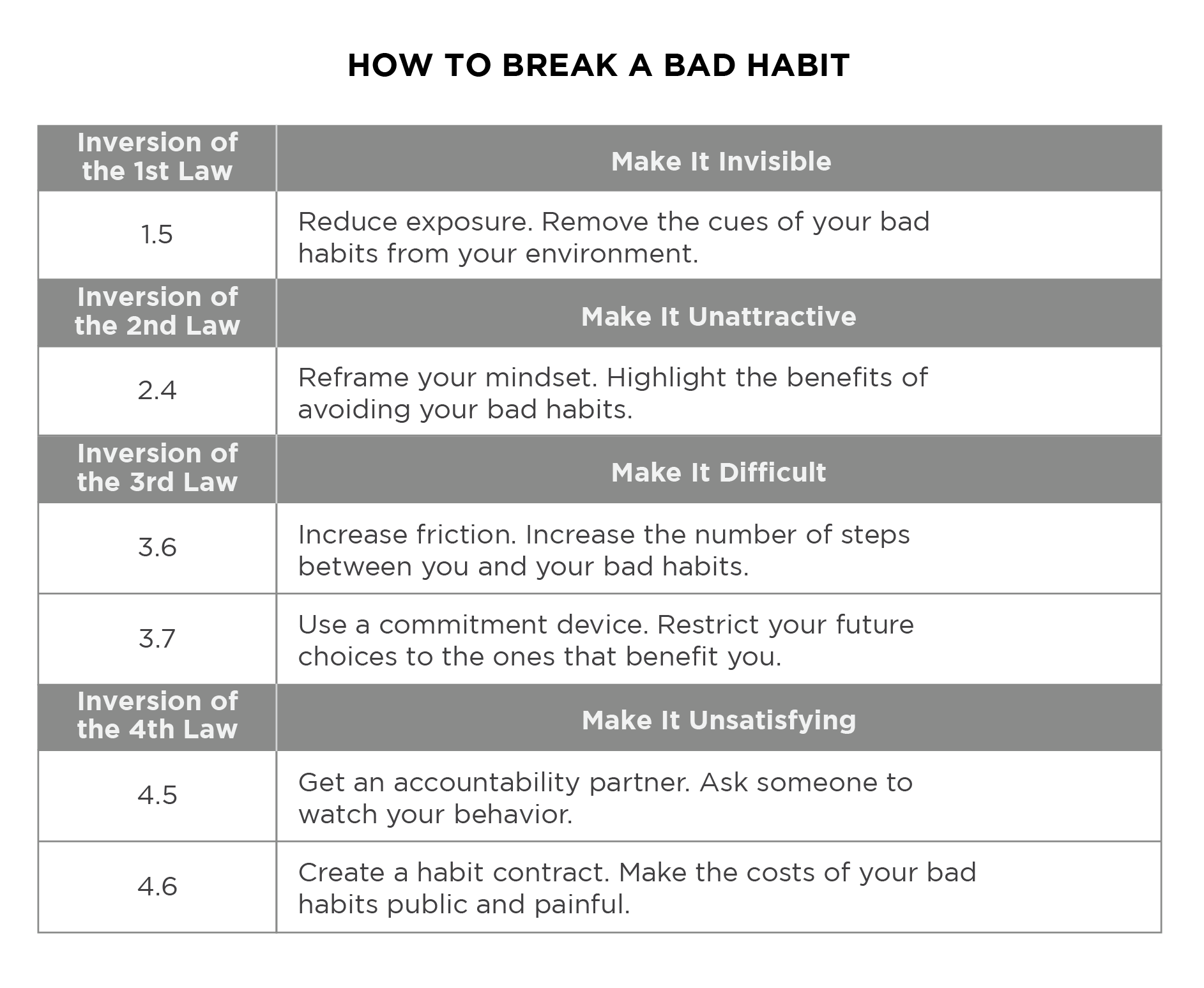Atomic Habits Summary
Atomic Habits Summary
You can now buy this Great Book from the link below:
Atomic Habits Summary
3 Key Lessons from Atomic Habits
This section of the Atomic Habits summary presents key points from three of the core themes of the book.
Lesson 1: Small habits make a big difference
It is so easy to overestimate the importance of one defining moment and underestimate the value of making small improvements on a daily basis.
Meanwhile, improving by 1 percent isn’t particularly notable— sometimes it isn’t even noticeable—but it can be far more meaningful, especially in the long run. The difference a tiny improvement can make over time is astounding. Here’s how the math works out: if you can get 1 percent better each day for one year, you’ll end up thirty-seven times better by the time you’re done. Conversely, if you get 1 percent worse each day for one year, you’ll decline nearly down to zero. What starts as a small win or a minor setback accumulates into something much more.
It doesn’t matter how successful or unsuccessful you are right now. What matters is whether your habits are putting you on the path toward success.
Focus on getting 1 percent better every day.
Lesson 2: Forget about setting goals. Focus on your system instead.
Goals are about the results you want to achieve. Systems are about the processes that lead to those results.
If you’re having trouble changing your habits, the problem isn’t you. The problem is your system. Bad habits repeat themselves again and again not because you don’t want to change, but because you have the wrong system for change.
You do not rise to the level of your goals. You fall to the level of your systems.
Atomic Habits presents a proven system for building good habits and breaking bad ones.
Lesson 3: Build identity-based habits
The key to building lasting habits is focusing on creating a new identity first. Your current behaviors are simply a reflection of your current identity. What you do now is a mirror image of the type of person you believe that you are (either consciously or subconsciously).
To change your behavior for good, you need to start believing new things about yourself. You need to build identity-based habits.
Changing your beliefs isn’t nearly as hard as you might think. There are two steps.
- Decide the type of person you want to be.
- Prove it to yourself with small wins.
Your identity emerges out of your habits. Every action is a vote for the type of person you wish to become.
How to build better habits in 4 simple steps
This section of the Atomic Habits summary presents key points from the actionable strategies in the book, organized around a framework called the Four Laws of Behavior Change.
The process of building a habit can be divided into four simple steps: cue, craving, response, and reward.
Breaking it down into these fundamental parts can help us understand what a habit is, how it works, and how to improve it.
The cue triggers a craving, which motivates a response, which provides a reward, which satisfies the craving and, ultimately, becomes associated with the cue. Together, these four steps form a neurological feedback loop—cue, craving, response, reward; cue, craving, response, reward—that ultimately allows you to create automatic habits. This cycle is known as the habit loop.
We can transform these four steps into a practical framework that we can use to design good habits and eliminate bad ones.
The framework is called the Four Laws of Behavior Change, and it provides a simple set of rules for creating good habits and breaking bad ones.
How to create a good habit:
- The 1st law (Cue): Make it obvious.
- The 2nd law (Craving): Make it attractive.
- The 3rd law (Response): Make it easy.
- The 4th law (Reward): Make it satisfying.
How to break a bad habit:
- Inversion of the 1st law (Cue): Make it invisible.
- Inversion of the 2nd law (Craving): Make it unattractive.
- Inversion of the 3rd law (Response): Make it difficult.
- Inversion of the 4th law (Reward): Make it unsatisfying.
Atomic Habits summary cheat sheet
This useful Atomic Habits summary cheat sheet compresses many of the key ideas and insights from the book into a handy reference guide for how to build a good habit or break a bad one.


Popular Atomic Habits quotes
“Every action you take is a vote for the type of person you wish to become. No single instance will transform your beliefs, but as the votes build up, so does the evidence of your new identity. This is one reason why meaningful change does not require radical change. Small habits can make a meaningful difference by providing evidence of a new identity. And if a change is meaningful, it is actually big. That’s the paradox of making small improvements.”
Atomic Habits, page 38
“All big things come from small beginnings. The seed of every habit is a single, tiny decision. But as that decision is repeated, a habit sprouts and grows stronger. Roots entrench themselves and branches grow. The task of breaking a bad habit is like uprooting a powerful oak within us. And the task of building a good habit is like cultivating a delicate flower one day at a time.”
– Atomic Habits, page 22
“The purpose of setting goals is to win the game. The purpose of building systems is to continue playing the game. True long-term thinking is goal-less thinking. It’s not about any single accomplishment. It is about the cycle of endless refinement and continuous improvement. Ultimately, it is your commitment to the process that will determine your progress.”
– Atomic Habits, page 27
- Atomic Habits
- James Clear
- Habit formation
- Behavior change
- Self-improvement
- Productivity
- Personal development
- Growth mindset
- Goal setting
- Positive habits
- Routine optimization
- Habit stacking
- Continuous improvement
- Motivation techniques
- Habit tracking
- Neuroscience of habits
- Willpower enhancement
- Habit loop
- Habit formation strategies
- Habit formation psychology
- Habit formation techniques
- Self-discipline
- Habit formation tools
- Habit formation tips
- Audiobook recommendation
Hashtags:
- #AtomicHabits
- #JamesClear
- #HabitFormation
- #BehaviorChange
- #SelfImprovement
- #ProductivityTips
- #PersonalDevelopment
- #GrowthMindset
- #GoalSetting
- #PositiveHabits
- #RoutineOptimization
- #HabitStacking
- #ContinuousImprovement
- #MotivationTechniques
- #HabitTracking
- #NeuroscienceOfHabits
- #WillpowerEnhancement
- #HabitLoop
- #HabitFormationStrategies
- #PsychologyOfHabits
- #HabitFormationTechniques
- #SelfDiscipline
- #HabitFormationTools
- #HabitFormationTips
- #AudiobookRecommendation


Comments
Post a Comment